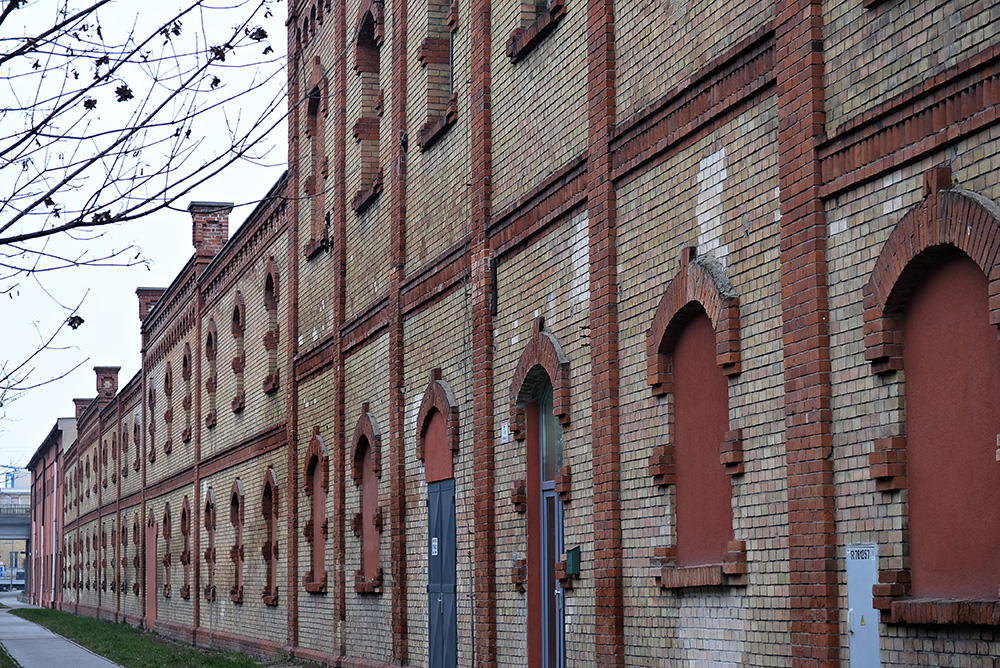
Former Municipal Abattoir Complex

Barrier-free access
Suitable for children
Photography allowed
Parking available
Dogs allowed
Today’s Operational Division of Brněnské komunikace a.s. is located in the former municipal abattoir complex, which was built in several construction phases at the turn of the 20th century. Its original buildings are of great historical and aesthetic value in the context of the city of Brno.
The meat industry operated in the abattoir for most of the 20th century. During this time, the industrial complex was modernized with a series of reconstructions and additional extensions, which significantly densified and disrupted the original logical urban concept of the area. The abattoir was built by the contractor Franz Ruschka based on a design by Otokar Burghard and Ferdinand Abt. The municipal abattoir ceased operations in the 1990s and then fell into disrepair until 1998, when it was transferred to Brněnské komunikace, which began its gradual revitalization.
At that time, the architect Barbora Jenčková created a project to convert the abattoir into the BKOM operational complex, with the primary goal of preserving the value of the historical buildings and clearing the area of additional extensions and superstructures to make the original urban concept of the complex readable again.
Twenty buildings in the historicist style with facades in two colours of facing brick and plaster were preserved. The architecturally unified solution of the buildings works with recurring forms: multi-aisle buildings with a raised central aisle, arched top windows, arranged in threes, with the middle window higher and wider, and similarly designed entrances.
Through the sensitive adaptation of these buildings and the creation of appropriate internal infrastructure, a modern operational complex was created between 1998-2004. In 2015, it was declared a cultural monument to preserve its original architectural qualities.
For loading the interactive map, please click on the map area.
For loading the interactive map, please click on the map area.